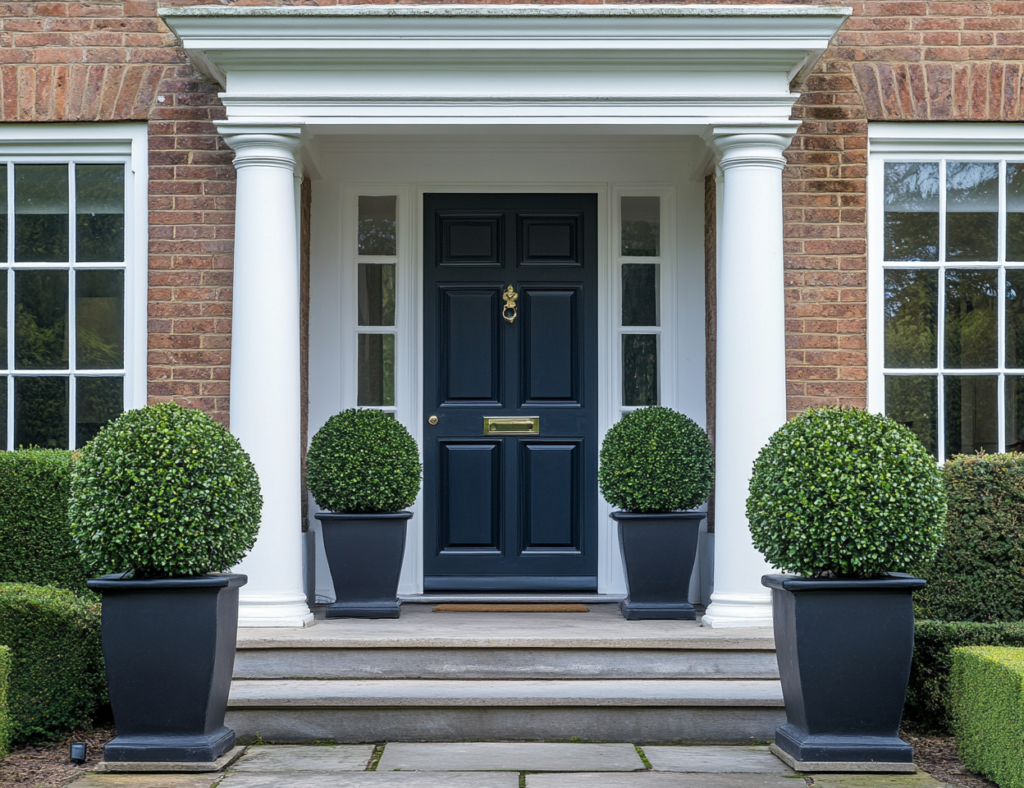Free UK Delivery
Bespoke Projects
5 Star Rating
Free UK Delivery - orders over £200
Bespoke Projects
Shop By Category
Services & Support
Artificial plants and trees are a versatile and stylish way to bring the beauty of nature into your home without the hassle of ongoing maintenance.
Whether you’re looking to add a tall artificial tree like a fiddle leaf fig or a faux palm to fill an empty corner or smaller artificial plants to brighten up shelves, mantels, or coffee tables, these pieces instantly elevate any room.
Perfect for homes with low natural light or busy lifestyles, artificial plants and trees maintain their vibrant, fresh appearance year-round. They provide the aesthetic benefits of greenery, enhancing the atmosphere and creating a calming, natural vibe without watering, pruning, or sunlight.

When considering artificial plants for bathroom décor, choosing species that mimic real plants commonly found in humid environments, such as ferns, bamboo, and orchids, is essential.
These faux plants are perfect for adding greenery to areas lacking natural light or ventilation, where real plants may struggle to thrive. Additionally, artificial plants are low-maintenance, eliminating the need for watering and ensuring longevity in spaces that experience high moisture levels.
Their versatility allows them to be placed on countertops, window sills, or hanging baskets, creating a refreshing ambience in any bathroom. Why not browse our collection of bathroom artificial plants?
Artificial plants can be a wonderful addition to bedroom décor, offering the beauty of greenery without the upkeep. In a bedroom, where relaxation and a calming atmosphere are key, artificial plants provide a way to introduce nature-inspired elements without worrying about light conditions, watering, or potential allergens.
Popular choices for bedroom settings include faux succulents, snake plants, and eucalyptus, which have sleek and modern aesthetics.
Artificial decking plants are an excellent way to enhance outdoor spaces like decks and patios, offering the beauty of greenery without the hassle of maintenance. These plants, such as artificial grasses, boxwoods, and trailing ivy, add texture and visual appeal, instantly transforming your deck into a lush, inviting area.
Designed to withstand varying weather conditions, high-quality artificial plants resist fading from sun exposure and are durable through rain and wind, ensuring they look vibrant all year long. Their low-maintenance nature means no watering, pruning, or pest control, making them a perfect choice for busy homeowners.
Whether placed in planters, lining deck edges, or incorporated into vertical gardens for added privacy, artificial plants provide a long-lasting, stylish solution for any outdoor space.
Artificial kitchen plants are a great way to bring life and vibrancy into the heart of the home without worrying about sunlight or watering. Perfect for brightening countertops, shelves, or windowsills, faux herbs like basil, rosemary, and mint can add a touch of greenery that complements the kitchen’s décor.
These artificial plants are ideal for kitchens where heat, humidity, or lack of natural light might make growing real plants difficult. With their realistic appearance, they create a fresh, natural aesthetic and require no maintenance, allowing you to enjoy the beauty of greenery in your kitchen year-round without the hassle of upkeep.
Artificial living room plants are a stylish and practical way to add greenery to your space, creating a welcoming and serene atmosphere without the need for constant care.
With options like faux fiddle leaf figs, palms, and monstera plants, you can easily introduce texture and colour that complement your living room décor. These artificial plants are perfect for spaces with low natural light or for those who prefer a maintenance-free solution.
Whether placed in decorative pots on the floor, shelves, or coffee tables, artificial plants bring a natural, refreshing look to the living room, helping to soften the space while remaining vibrant year-round.
Artificial office plants are a fantastic way to elevate the workspace, adding a touch of greenery that promotes a calm and productive environment without the need for maintenance.
From sleek faux succulents to tall artificial palms or snake plants, these plants are perfect for desks, reception areas, or conference rooms. They provide all the aesthetic benefits of real plants, creating a more inviting, visually appealing space without worrying about sunlight, watering, or care.
Artificial office plants can help reduce stress, boost creativity, and enhance the overall ambience, making them a smart addition to any professional setting.
Artificial conservatory plants are a perfect addition to create a lush, green oasis in your conservatory without the upkeep required by real plants. With options like faux tropical palms, ferns, and flowering plants, you can design a vibrant, inviting space that stays green and fresh year-round, regardless of sunlight or temperature.
These artificial plants are ideal for filling large pots, hanging baskets, or decorative displays. They add a natural touch to your conservatory while requiring zero maintenance.
They provide the beauty and tranquillity of a garden indoors, transforming your conservatory into a relaxing retreat without worrying about watering, pruning, or seasonal changes.